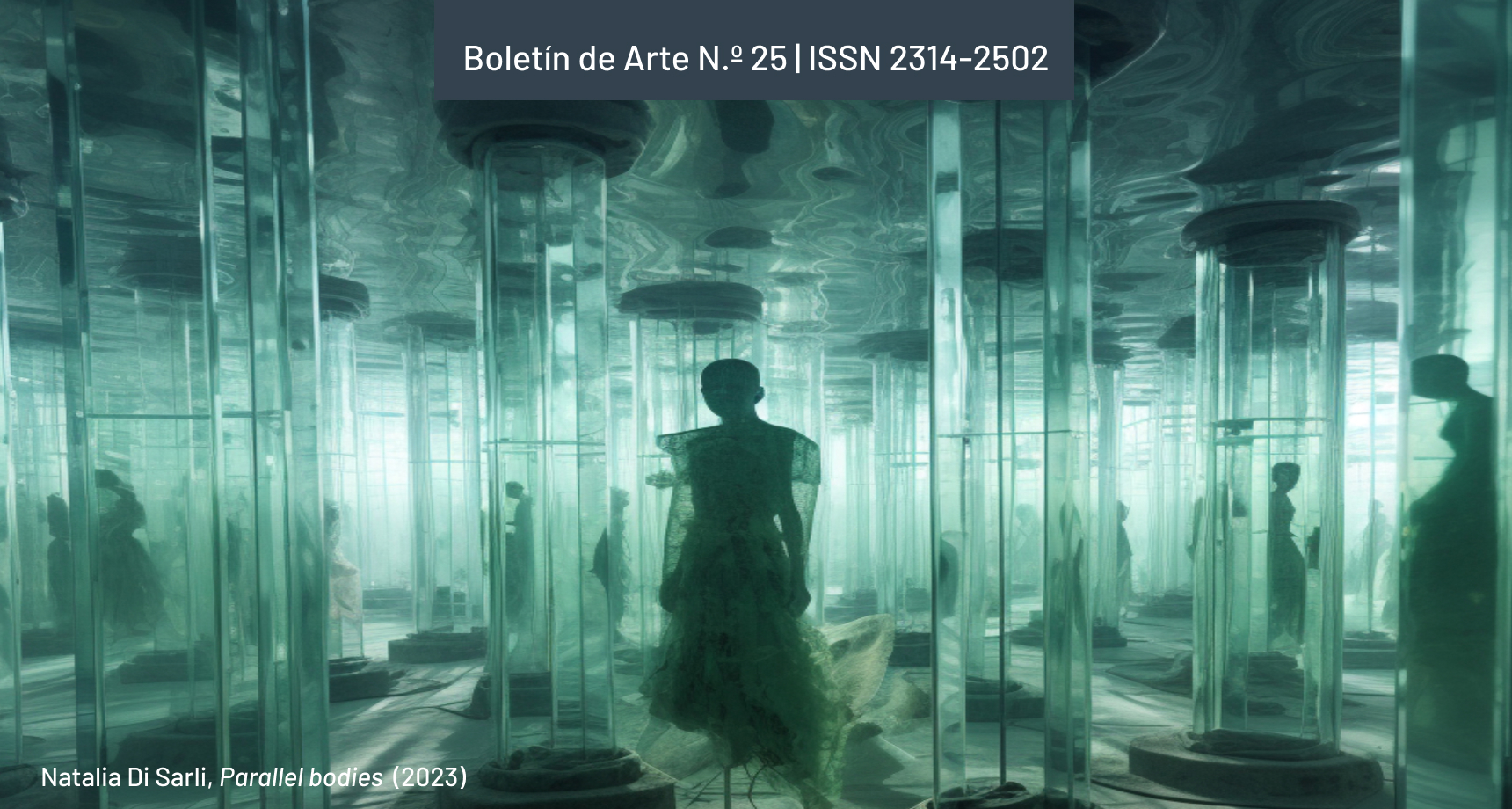Visual Representations of Renaissance Magic
The Power of Images as A Delegitimizing Device
DOI:
https://doi.org/10.24215/23142502e055Keywords:
Witches, Magic, Representation, Malleus MaleficarumAbstract
El objetivo de este trabajo es analizar una serie de representaciones pictóricas renacentistas con el fin de indagar tanto en su poder para legitimar cierto pensamiento mágico —nos centraremos en su deriva astrológica—, como, sobre todo, para adentrarnos en su capacidad para deslegitimar a la llamada magia popular, mediante la producción del estereotipo de la bruja lujuriosa, demoníaca y herética. Para ello problematizaremos la eficacia de las imágenes como dispositivos capaces de influir sobre las acciones del espectador, y para afianzar y reproducir ciertas relaciones de fuerza. Indagaremos asimismo en las complejas relaciones que se dieron entre la construcción visual de la imagen de la bruja, su concepción conceptual —tal como aparece en un texto clásico renacentista para la caza de brujas: el Malleus Maleficarum—, y el contexto de producción y circulación de las obras analizadas.Downloads
References
Benjamin, W. (2009). La dialéctica en suspenso. LOM.
Baldung Grien, H. (1514). Tres brujas [Dibujo].
Baldung Grien, H. (1515). Joven bruja desnuda y dragón con forma de pez [Dibujo].
Cassirer, E. (1951). Individuo y cosmos en la filosofía del Renacimiento. Emecé.
Cohen, E. (2003). Con el diablo en el cuerpo. Filósofos y brujas en el Renacimiento. Taurus.
Durero, A. (1496). La profecía de Ulsenius [Dibujo].
Federici, S. (2021). Brujas, caza de brujas y mujeres. Traficantes de sueños.
Foucault, M. (2006). Las palabras y las cosas. Siglo XXI.
Hernández, G. (2011). Viudas y Brujas. Repensar el suttee de la crónica de Santiago Avendaño desde perspectivas feministas. Runa, 32(2), 111-126. http://revistascientificas.filo.uba.ar/index.php/runa/article/view/709
Hults, L. (1987). Baldung and the Witches of Freiburg: The Evidence of Images [Baldung y las Brujas de Freiburg. La Evidencia de las Imágenes]. The Journal of Interdisciplinary History, 18(2), 249-276. https://doi.org/10.2307/204283
Koyré, A. (1977). Estudios de historia del pensamiento científico. Siglo XXI.
Kramer, H. y Sprenger, J. (2004). Malleus Maleficarum [El martillo de las brujas] (M. Jiménez Monteserín, Trad.) (Obra original publicada en 1486).
Marin, L. (2009). Poder, representación, imagen. Prismas, (13), 135-153. https://prismas.unq.edu.ar/OJS/index.php/Prismas/article/view/Marin_prismas13
Nathan Bravo, E. (2016). El diablo y las brujas: una religiosidad del miedo. Medievalia, (13), 12-18. https://doi.org/10.19130/medievalia.13.1993.36
Navas Fernández, A. (2007). La belleza satánica: el diablo melancólico. Boletín de Arte, (28), 153-172. https://doi.org/10.24310/BoLArte.2007.v0i28.4478
Patinir, J. y Massys, Q. (1520-1524). Las tentaciones de San Antonio Abad [Pintura].
Saxl, F. (1989). La vida de las imágenes. Estudios iconográficos sobre el arte occidental. Alianza.
Siefert, K. (1997). Hans Baldung Griens Karlsruher Hexenzeichnung. Eine Neuinterpretation. [Dibujo de la Bruja de Karlsruhe de Hans Baldung Grien. Una reinterpretación]. Zeitschrift für Kunst und Kulturwissenschaften, 25(3), 69-77. https://doi.org/10.11588/kb.1997.3.10595
Sullivan, M. (2000). The Witches of Dürer and Hans Baldung Grien. [Las Brujas de Dürer y Hans Baldung Grien]. Renaissance Quarterly, 53(2), 333-401. https://doi.org/10.2307/2901872
Warburg, A. [1920] (2005). El renacimiento del paganismo. Aportaciones a la historia cultural del Renacimiento europeo. Alianza.
Downloads
Published
How to Cite
Issue
Section
License

This work is licensed under a Creative Commons Attribution-NonCommercial-ShareAlike 4.0 International License.
According to these terms, the material can be copied and redistributed by any means or in any format as long as a) the author and original source of the publication are quoted (magazine and URL of the work), access to the license is provided and whether changes have been made is mentioned; and b) the material is not used for commercial purposes.
The cession of non-exclusive rights means that after the publication (post print) in Boletín de Arte the authors can publish their work in any language, means and format; in such cases it must be mentioned that the material was originally published in this magazine.
Such cession also means the authorization of the authors for the work to be collected by SEDICI, the institutional archive of the National University of La Plata, and to be spread in the databases that the editorial team considers appropriate to increase the visibility of the publication and its authors.
Moreover, the magazine encourages the authors to deposit their productions in other institutional and thematic archives under the principle that offering the society the scientific and academic production without any restrictions contributes to a greater exchange of the global knowledge.
































